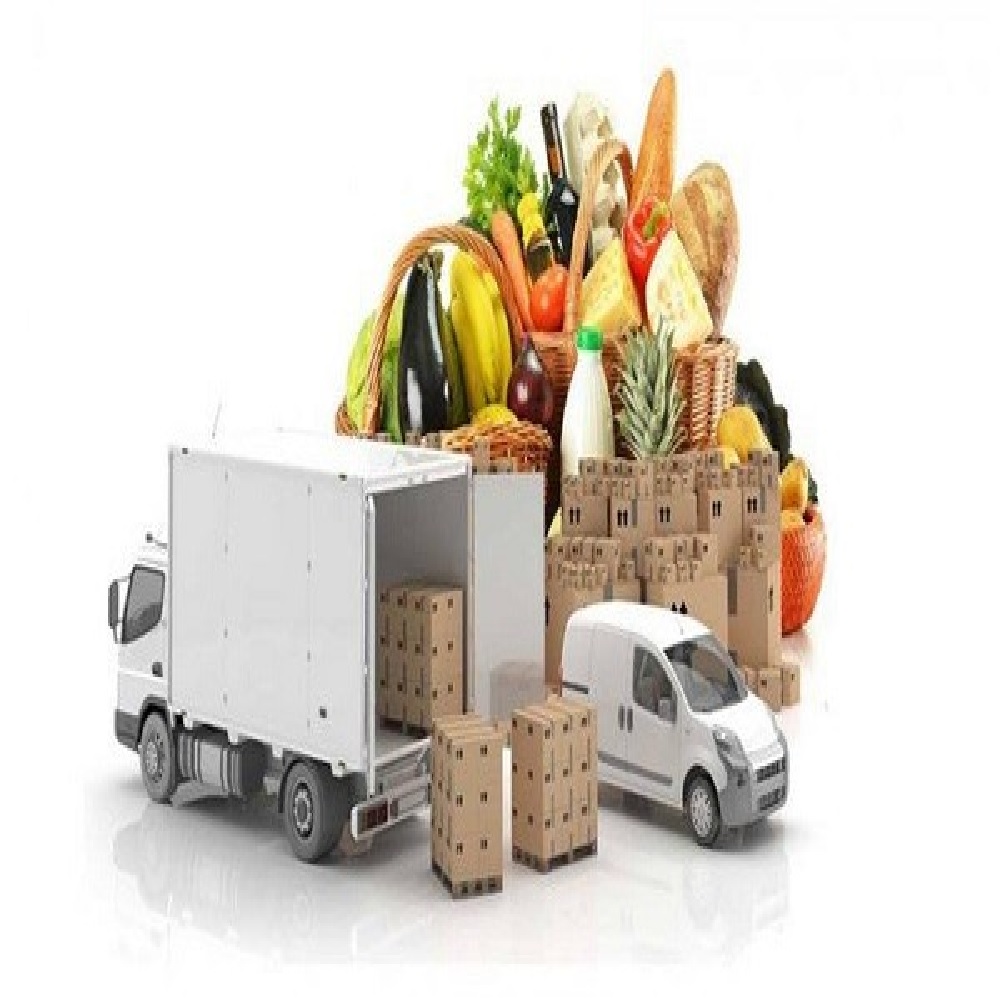A recent intelligence study titled "Global Food and Beverage Cold Chain Logistics Market Outlook to 2028" was released by AMA Research. A thorough analysis was conducted to provide up-to-date information on the specific characteristics of the food and beverage cold chain logistics industry. This study offers a thorough analysis of the major variables influencing the global market for cold chain logistics for food and beverages, including technological advancement, regulatory situations, drivers, constraints, and historical and present trends.
The process of moving and keeping perishable food and beverage goods at regulated temperatures to guarantee their quality, safety, and freshness from manufacturing to consumption is known as "food and beverage cold chain logistics." The purpose of this specialized logistics system is to preserve the integrity of items including dairy, meats, fruits, vegetables, and beverages by preventing rotting through a sequence of temperature-regulated procedures that include refrigeration, cold storage, and temperature-controlled transportation. In order to increase the shelf life of these products, decrease food waste, and adhere to food safety laws, cold chain logistics is essential.
The following companies are major players in this report: Blokland Cold Stores B.V. (Netherlands), Bring Frigoscandia (Norway), Americold (United States), John Swire & Sons (United Kingdom), Lineage Logistics (United States), Preferred Freezer Services (United States), Kloosterboer Group (Netherlands), Nichirei Logistics Group (Japan), and Agro Merchants Group (United States).
The core chain structure, engineering process, raw materials, and suppliers form the basis of the manufacturing cost structure study of the global food and beverage cold chain logistics market. The production facility was designed to meet the demands of the market and advance new technologies. Furthermore, the attractiveness of the global food and beverage cold chain logistics market is broken down by nation, end-user, and other metrics, allowing the reader to choose which areas are most beneficial or profitable to invest in. Additionally, a separate qualitative chapter highlighting difficulties experienced by industry participants in their supply chain and production cycle is provided by the study.
The market categories and breakdown of market data for global food and beverage cold chain logistics are
shown below: by Application (Fruit and Vegetables, Bakery, Confectionery, Dairy and Frozen Desserts, Meat and Seafood), by Type (Refrigerated Storage, Refrigerated Transport), type of temperature (frozen, chilled), Methods of controlling temperature: Vapor compression, blast freezing, programmable logic controllers (PLCs), cryogenic systems, conventional refrigeration, and packaging materials
The world's markets for food and beverage cold chain logistics can be divided into five regions: North America, Europe, Asia Pacific (APAC), Middle East and Africa, and Latin America. It is anticipated that North America will continue to hold its dominant position in the global market for some time to come. Over the coming years, the North American market will expand due to the rising need for global food and beverage cold chain logistics.
The organizations accountable for augmenting sales in the Global Food and Beverage Cold Chain Logistics Market have been showcased in the last segment of the analysis. These businesses' manufacturing base, fundamental data, and rivals have all been examined. This section of the study also includes an important section on the application and product type that each of these companies introduced. This analysis has also provided the latest developments in the global market and their impact on the market's potential growth in the future.

Categories

Magazine Editions



















